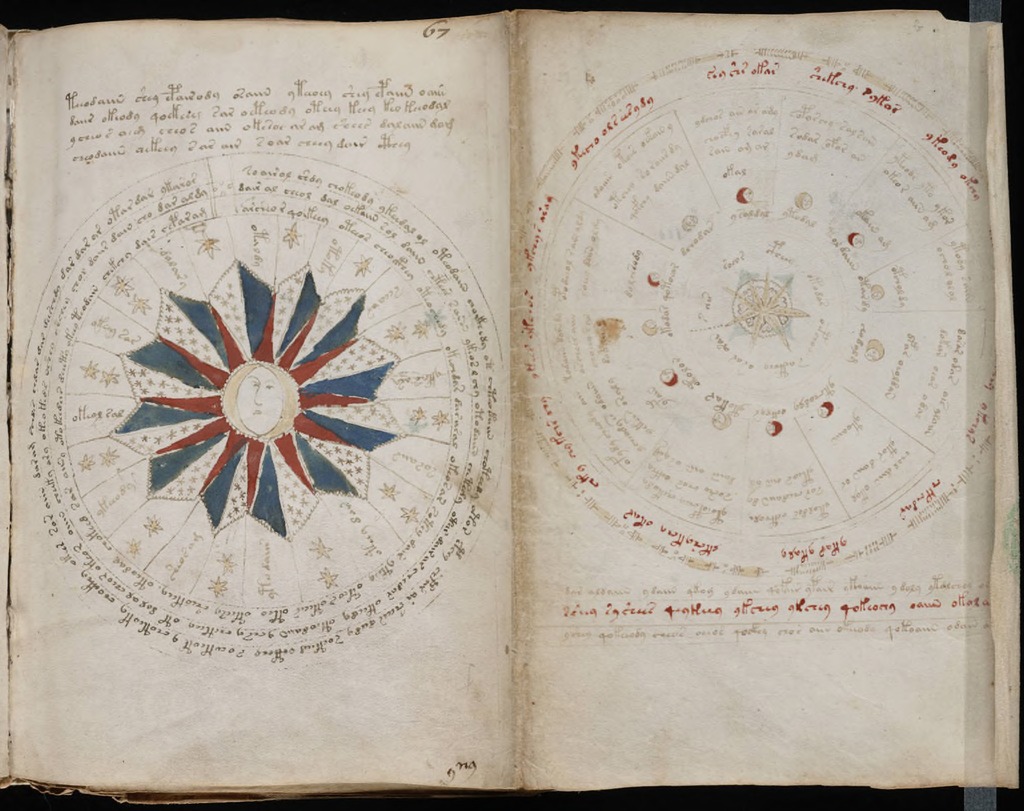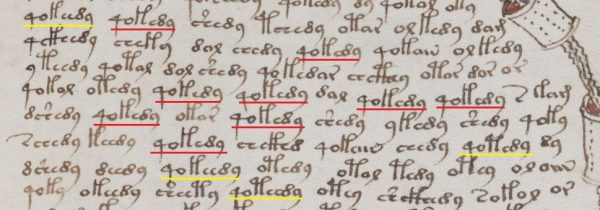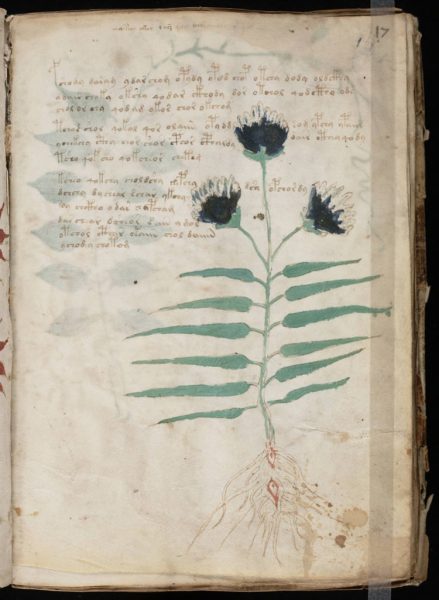
Jenny Schecter
The Voynich Manuscript has been researched for over 100 years by linguists, historians, cryptologists and amateurs, yet its purpose and language remain undecipherable.
Inside Yale University’s Beinecke Rare Book & Manuscript Library lies a manuscript that has continued to baffle scholars and encourage the imagination of conspiracy theorists for more than a century.
This book, known as the Voynich Manuscript or the Cipher Manuscript, contains over 200 pages of botanical drawings, cosmological diagrams and text written in an unknown language.
Since its discovery by rare book dealer Wilfrid Voynich in 1912, the manuscript has inspired countless theories, both academic and speculative.
This book has been researched for over 100 years by linguists, historians, cryptologists and amateurs, yet its purpose and language remain undecipherable. Now, forum users and scholars alike are using the term “Voynichese” when referring to the cipher.

One of the oldest claims is that the book belonged to aliens. Many believers and conspiracy theorists argue that the unknown plants and alien-looking diagrams shown throughout the text are evidence of non-human origin. However, no physical or linguistic evidence has ever supported the claim.
A more grounded theory attributes the manuscript to a medieval alchemist named Roger Bacon. Known for his interest in alchemy and coded texts, Bacon was Voynich’s first choice when it came to ownership. Following this theory in the early 1920s, the manuscript had been known to some as Bacon’s Manuscript.
Another recurring theory has linked the manuscript to artist Leonardo da Vinci. Researchers, handwriting analysts and theorists note the book’s detailed diagrams and anatomical sketches, as well as its mirror-like script, as possible signs of da Vinci’s involvement.

In 2009, the University of Arizona took a piece of the binding from the Voynich manuscript and subjected it to radio-carbon dating. This test placed its creation between 1404 and 1438.
This new information gave researchers an earliest publication date meaning the manuscript’s creation was after Bacon’s death in 1292 and before da Vinci’s birth in 1452.
A lesser known theory found on the Voynich Manuscript’s forum page suggests the manuscript is written in glossolalia, also known as the language of tongues, produced in a trance-like state.
Some psychologists and linguists, including Manhattanville University Professor Joseph Fasano, have entertained the idea, pointing to the consistent internal logic of the script, especially with its connections to Hebrew, Latin and Arabic.
Fasano wrote a paper backing up the glossolalia claim by analyzing the linguistic properties of the language. His claims state that the manuscript is a glossolalia experience and that it is “perhaps the grandest, most expansive and most sustained ever preserved.”
Still, critics argue glossolalia tends to lack the structured repetition and syntax found in the manuscript.
Dr. Lisa Fagin Davis, Executive Director of the Medieval Academy of America, believes the most likely explanation is that the manuscript was written in a lost Turkish dialect using a unique phonetic system.
“I think it is a genuine medieval manuscript with meaningful context,” Davis said. “There are repeating patterns consistent with a real language.”
“I think that someday when we can read the manuscript, because I think we will be able to someday, it will give us insight into a previously unknown culture.” – Lisa Fagin Davis, Executive Director of the Medieval Academy of America

In many cases, researchers also believe the entire manuscript is an elaborate hoax. It is argued that someone in the 15th or 16th century created the manuscript to sell it as a mystical or scientific curiosity. The consistent patterning, critics say, could have been created with no explicit intention.
Despite extensive efforts, including analyses by artificial intelligence programs, no accurate decoding has been presented in the century spent researching.
Yale digitized the manuscript in 2017, offering high-resolution scans freely available to researchers and amateur sleuths alike.
For now, the Voynich Manuscript remains one of history’s most captivating literary enigmas containing equal parts puzzle and artifact.